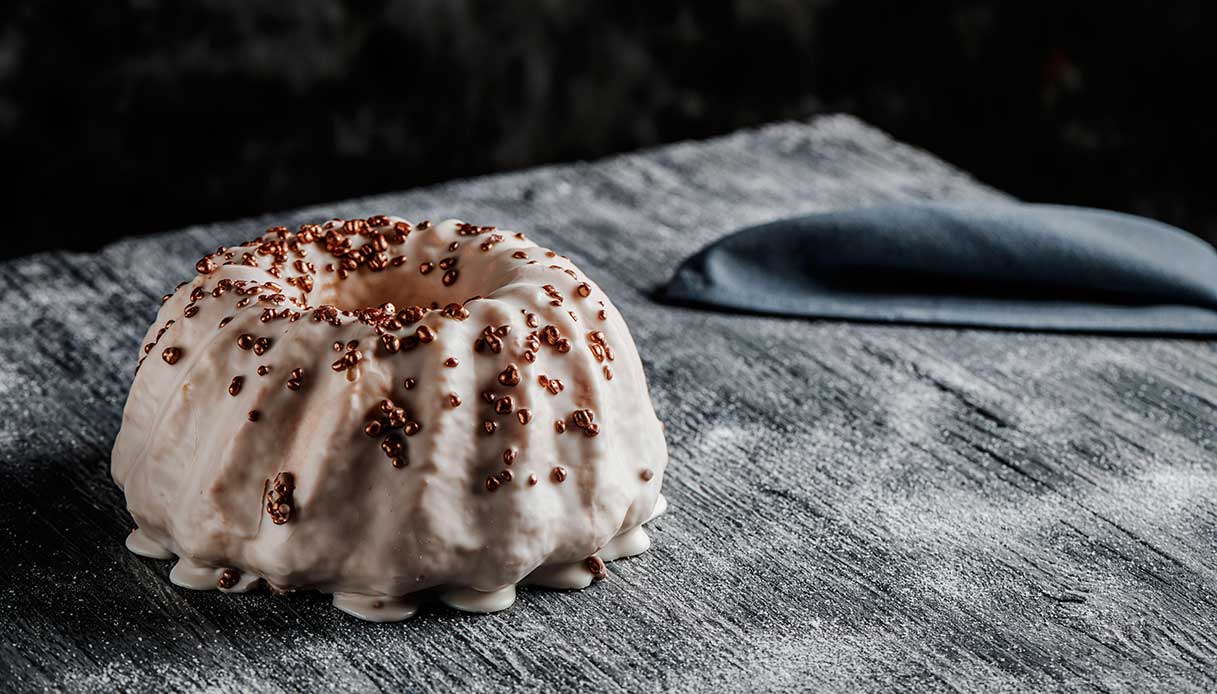Honey, jams, herbal teas, herbal products but also delicious sweets and liqueurs: there are many products that continue, even today, to be made inside convents and monasteries. Friars and nuns carry on a millenary tradition, the one from which were born authentic excellences of "made in Italy", such as Lombard Grana Padano and Sicilian martorana fruit. But they also know how to keep up with the times, as shown by the development of new, more "trendy" productions, such as the abbey beers, anti-age creams, herbal remedies and fine wines. But above all, as evidenced by the arrival also in web convents, and the adoption of e-commerce as a means to bring conventual productions all over the world.
The sites to buy them online
Today, therefore, there is no longer any need to go to the monasteries to find the delights that are produced there (although the pleasure remains of doing so, of knowing often enchanting corners of Italy and of discovering curious and exciting stories): enough search on the internet for the sites of the convents and portals specialized in conventual products. How Bottega del Monastero, the e-shop created by a social cooperative that welcomes people with disabilities, on which you can buy online the products of about fifty Italian and foreign monasteries. Among the most sought after products there are the liqueur Laurus 48, made by the Camaldolese monks, and, during the holidays, the panettone with Trappist beer. In addition to many individual convent products, the Terra in Cielo portal also offers baskets, packs and gift ideas, both food and beauty, for every occasion.
The specialized shops
As many as 700 products can be purchased in the Bottega Monastica store, which is located in the center of Ancona (corso Stamira 13). Sweets, wines, jams, natural cosmetics, oils and perfumes made in monasteries in Italy, France, Belgium and the Netherlands can also be purchased online. Also in Brescia there is a shop dedicated only to the best of monastic productions: it is Lo Speziale (via Antiche Mura 6 / A), which also offers interesting meetings, and which also sells in e-commerce through its website. In Milan, products from convents and monasteries can be purchased in the Pime Mission Center shop (via Monte Rosa 81), a large shop where you can find everything: from the beloved jams of the Trappist nuns of Vitorchiano to the honey of the Discalced Carmelites of Loano up to the beauty routine products prepared by the Cistercian nuns of Valserena. In Bologna, instead, the right place is the Emporium of the Basilica of Santo Stefano, a few steps from the two towers. In addition to the productions of local friars candles and hand-decorated Christmas decorations you can find many products made according to the ancient recipes of the monastery like the famous bitter Flora, prepared by hand according to an ancient recipe with 23 types of herbs and with the addition of saffron which gives it its characteristic color.
Special jams from Piedmont
In the Cistercian monastery of Pra 'd Mill, in the hills of Saluzzo (CN), the production of jams was born due to a small necessity: that of using the many fruits received as a gift, from kiwis to plums, and those obtained in the lands of monastery, from the cultivation of small fruits, apple orchards and chestnut woods. And over the years it has become a truly special activity, which today produces dozens of exquisite and special jams. In addition to the simpler ones (such as lemon peaches, pears, blueberries, ramassin and chestnut cream), the monks are famous for their gourmet recipes, all made in the monastery's laboratory: elderberry, mint or coffee apples, with cedar or with raisins, pears with lavender or ginger, peaches with wild thyme or sage, zucchini with orange, pumpkin with lemon. There are 36 types of jams and compotes that can be bought on the monastery's online store.
The typical wines of the Euganean Hills
On the site of the abbey of Praglia, located in Teolo (PD), you can buy herbal teas and infusions, creams, soaps, herbal ointments, honey and sweets, which are delivered within a week. Calling the Benedictine monks one can also order the prized DOCG wines made with grapes grown in the 10 hectares of abbey vineyard, where the traditional grape varieties of the Euganean Hills grow, including the lesser known ones, such as garganega, friularo and Moscato Fiordarancio. All the products can also be bought in the shop housed in this large Renaissance abbey complex (to be discovered during regular guided tours, which also take you to the splendid library where the ancient books are restored) where there are also the best products from other convents, also abroad, like the sweet truffles of the Polish Trappist nuns.
Liqueurs and Trappist beers in Rome
It has over 100 years of history the Trappisti Liquorificio delle Tre Fontane, born in 1873 inside the homonymous abbey complex on the Via Laurentina. Even today it continues to use traditional recipes and, as far as possible, the herbs cultivated by the friars, to make some special liqueurs using traditional methods. The most famous is the historic Eucalittino, but there are also the grappa di eucalyptus and hazelnut cream. Recently the Trappist friars have provided their recipes to a brewery that produces the Birra dei Monaci, a high fermentation triple characterized by the balsamic note of eucalyptus and which has obtained the prestigious hexagonal stamp granted by the central committee of the Trappists of Vleteren. All these products can be purchased in the monastery annex, which also sells selected cheeses and wines, and many products made in other Trappist monasteries, such as Vitorchiano jams, Valserena cosmetic and craft products. A curiosity: in the abbey museum there is an installation in virtual reality that allows you to enter the spaces of the monastery reserved for the cloistered life of the Cistercian monks.
Manuela Soressi
December 2019



